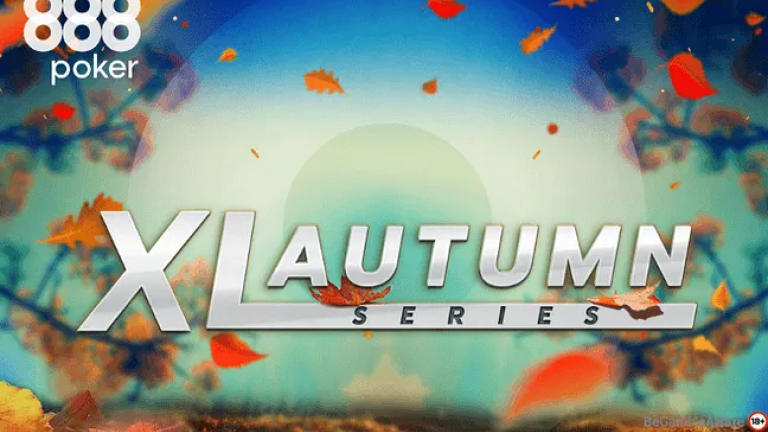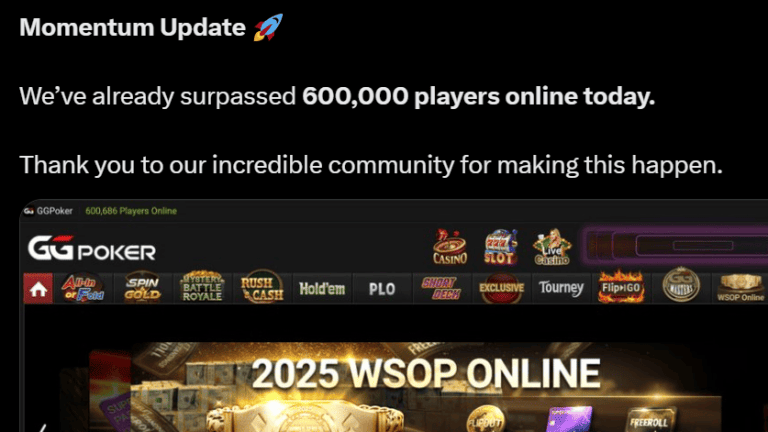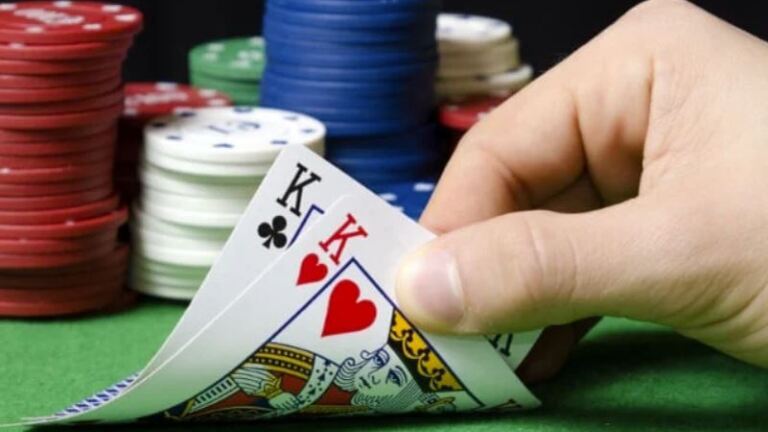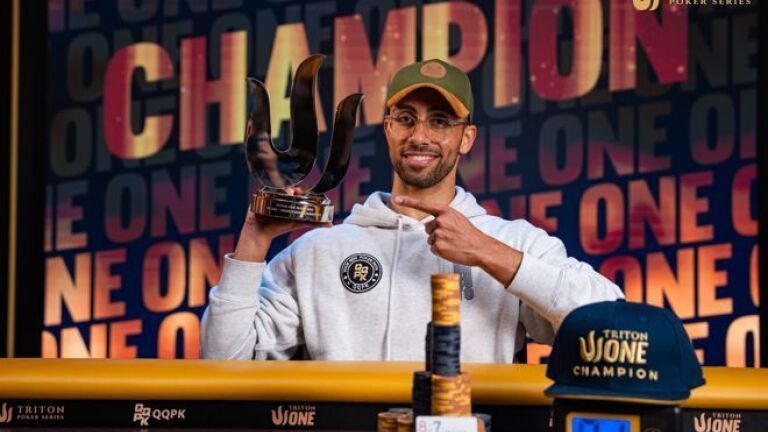How to gain extra value with thin-value betting and pot building?

Building the pot
In a previous article, we discussed why you should build the pot early on. Briefly: the size of the pot will grow exponentially if you start to bet on earlier streets. We concluded that if you miss a c-bet on the flop, you could win a pot of approximately 33bb. So instead, you should c-bet and win a pot of 80bb+ in the same spot. For more details, check out the referred paragraph.
Thus one key factor is to don't slow play your hands. Moreover, the decent but vulnerable hands perform better if you deny EQ from Villain's calling range besides building the pot. There are a few occasions when the expected value of your hand is better by slow playing, but in general, you need to protect your hands or gain fold equity. Both are difficult once you start to check or check back.
Another crucial element when talking about building the pot is bet sizing. Yet a complex topic from the GTO perspective. For now, we'll discuss exploitative reasons. Consider that you could choose between a 33%, a 40% or a 50% c-bet size, essentially with the same range with insignificant EV difference. Had you used the 33% size on the flop in a BTNvBB situation, then betting polarized and got called down;

while using 50% c-bet in the same spot:

In the latter example, we won 10,5bb more in a single hand, which is a huge and often overlooked fact. Now calculate if you introduce bigger bets (with the correct frequencies) to the same spot. Generally, what is your polarizing bet size? In the examples, we used 66%, which could be 75 or 80%. Just play around with the numbers, and you will find a way to extract more value with your hands.
What if you play against a weak player willing to continue to c-bets up to pot-sized bets? Why would you size down against such a player, right? The list could go on and on. But, hopefully, you have got the point by now.
Thin value betting on the river

The following factor needs a bit more experience and a better understanding of ranges. To value bet thinly on the river, you must know how your opponent's range is constructed. Unfortunately, most small-stakes players lose EV in this part of the game, going for the apparently safer check back or check-call line.
Usually, the defender arrives to the river with a relatively weak and capped range. The top of their range should raise on earlier streets, which means by the river, their best hands will be top pairs. Or something decent, worthy of a showdown, but not great. Note that certain turn and river cards might shift EQs; you need to recognize these situations. The same applies if you play against someone who doesn't know or is tricky with range construction. You need to pay attention and recognize that too.
So your job is to compare your hand to the majority of Villain's range which would call a river bet. It's important to highlight the word majority. You'll sometimes get called by better hands when you are thin-value betting. You must find the threshold hand that can beat more hands when called than to lose.
Example
Let's take a look at a very simple example. We arrive to the river in a BTNvBB spot with AsTs. A top pair, and we assume Villain's calling range will be top pairs, too. Any stronger than the top pair, he would check-raise earlier. Any worse hand he will fold, so it's irrelevant.
So the board is something like A5682.
If he is defending close to optimal, he will have preflop A5o-AJo, A2s-A3s, A6s-A9s and half of the time, and he will have AQo and ATs. The hands he arrives to the river, and we still beat: A7o, A9o, A3s, A4s, A7s, A9s. The hands we lose to: AJo, half of the AQo, and A2s.
Now, let's compare how many combos these are. The board blocks one ace, just as our ace blocks one from the combinations. This results that we are beating 20 combos, and we lose to 11 in total. Of course, there is a pot odds argument here. If you bet big enough, there will be a point where your play is not profitable anymore. So let's stick to the real-life sizings up to pot-size bets. There are twice as many combinations we beat than we lose to, which makes our river bet a fairly profitable value bet. And the best part we have yet to mention; is that most money goes in on the river, so it's crucial to take advantage of the opportunity.
Conclusion
As you can see, there are various forms of extracting more value from the same situation. Here we discussed two of them that are very common and often overlooked concepts. Namely, to build the pot early on. The pot size usually grows exponentially, so missing or under-sizing your bets will leave money on the table. The other factor discussed here is thin-value betting. Again, you'll need some experience or practice off-table to count combos. Once you understand this concept, your winrate will explode.
Good luck experimenting with them!















0 comments